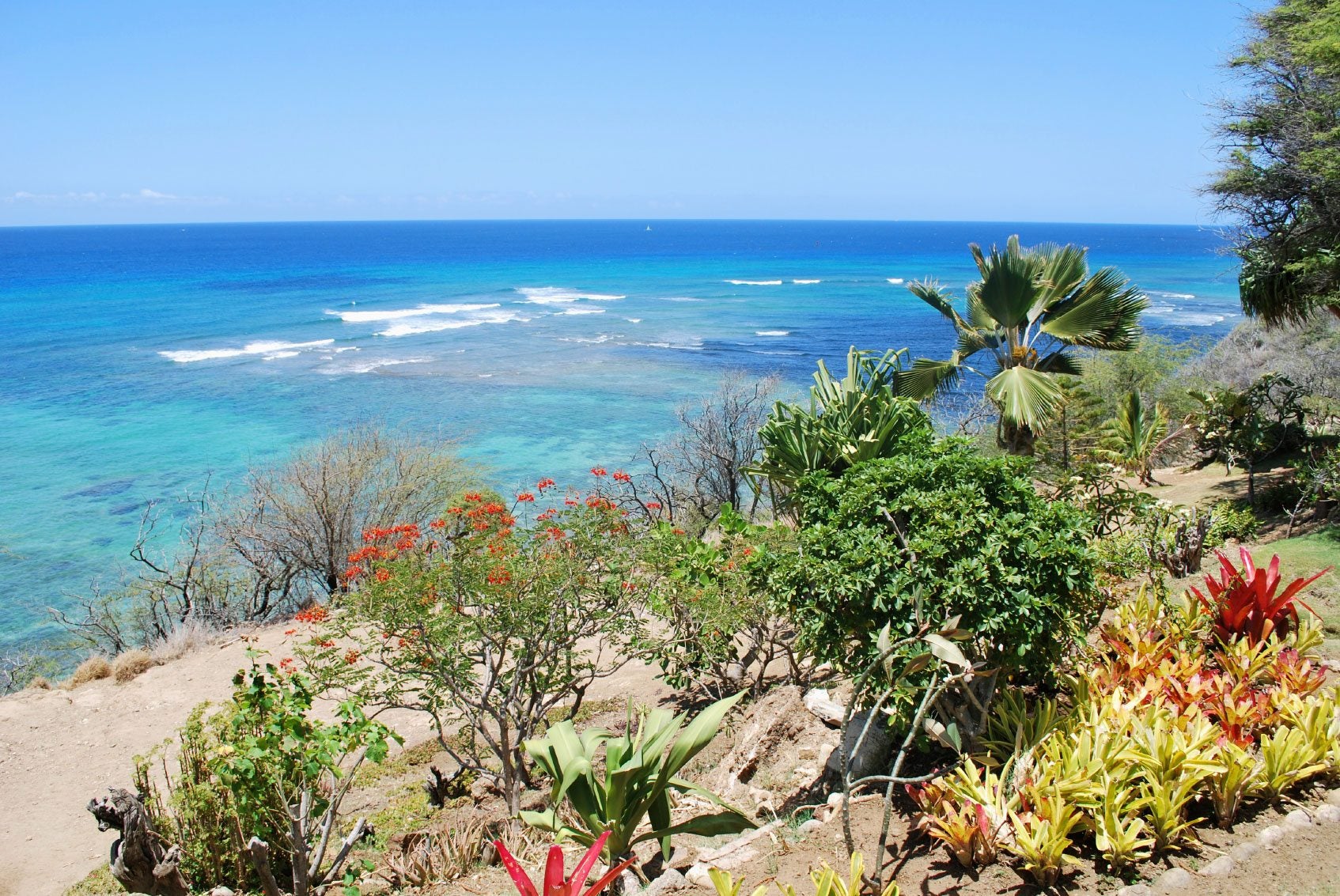Seaside Garden Basics: Planning And Maintaining Gardens Near Ocean Fronts


Seaside landscaping presents unique challenges. Gardeners must contend with strong winds, salt spray, poor sandy soil, shifting soil, and storms (like hurricanes) that may cause saltwater to wash over the garden. Seaside gardens call for plants that thrive in the face of adversity and a plan that incorporates sturdy barriers that protect your home and garden. Keep reading to find out more about garden design for coasts.
Seaside Garden Basics
Begin planning ocean gardens with a tight hedge of tough shrubs that can take the worst of the ocean front conditions while protecting the rest of the garden. These shrubs need to withstand strong wind and salt spray. Consider using firethorn, which can create a secure, evergreen boundary around your seaside garden. Beach plum and bayberry are also good choices. All of these shrubs can take salt spray without shriveling or discoloring. Further inland where wind is a problem but salt spray on the foliage is unlikely inkberry holly, elderberry, or chokecherry provide good protection and also attract birds to the landscape. Plant your shrubs at the distance recommended to form a tight hedge. Maintaining gardens near oceanfront vacation properties presents additional challenges because you aren't always there to provide routine maintenance. Therefore, choose low-maintenance plants and rely on shrubs that need to be pruned at the time of year when you typically visit your vacation home. Use plants with good natural shape that don't require frequent pruning to look good. If your seaside garden plans include a lawn, apply at least 6 inches (15 cm.) of topsoil over the sand before planting or sodding. Choose seed mixes that are predominately hard fescue and avoid Kentucky bluegrass. Seaside lawns should be maintained a little higher than inland lawns. You should typically let the grass grow to a height of about 3 inches (8 cm.) before mowing.
Coastal Garden Ideas
Use native coastal plants and grasses as much as possible. These tough plants will take everything the elements can throw at them while helping to control erosion and blowing sand. Garden design for coasts should incorporate sturdy groundcovers such as:
Work at least 3 inches (8 cm.) of organic matter, such as compost, into sandy soil before planting. Use pots and large planters for annuals and perennials that can't tolerate the difficult soil. Grow them in a location sheltered from wind and ocean spray. Maintaining gardens near oceans doesn't have to be a frustrating endeavor. As long as you include suitable seaside plantings within your coastal garden ideas and take the time for planning ocean gardens, you should not encounter any issues.
Sign up for the Gardening Know How newsletter today and receive a free copy of our e-book "How to Grow Delicious Tomatoes".

Jackie Carroll has written over 500 articles for Gardening Know How on a wide range of topics.